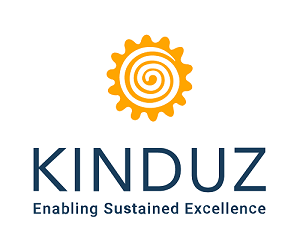Risk Management:
Risk management is defined as a process of identification, evaluation and effective management of risks associated with a process or a product. Appropriate risk management involves predicting and taking control of the probable future events.
Lean Six Sigma and Risk Management:
Lean Six Sigma set of tools include many tools which provide structured data driven approach to identify, analysis, and develop the mitigation and acceptance plan of risks towards achieving success of a process or a product. Below are some of the tools of Lean Six Sigma to manage the risk.
1. Expert Opinion
2. FMEA – Failure Mode and Effect Analysis
3. FTA – Fault Tree Analysis
4. PRA – Probability Risk Analysis
Amongst the above, FMEA is widely used by many companies and industries for their Critical processes.
FMEA:
Failure modes and effects analysis (FMEA) is a step-by-step data driven approach for identifying all probable failures in process, or a product or service. FMEA is structured in such a way to analysis the severity, occurrence and detection of the failure modes or risks.
FMEA provides an awareness of failure mode and to develop the corrective action that can be used as a resource in troubleshooting the future events.


